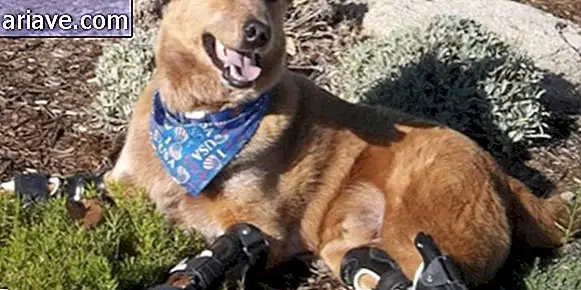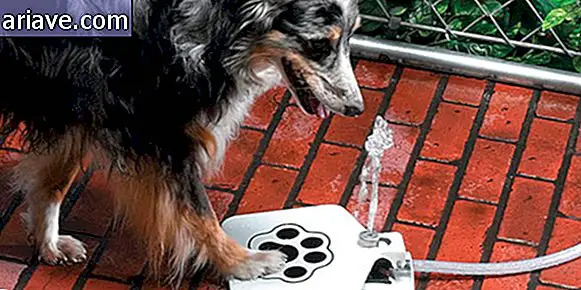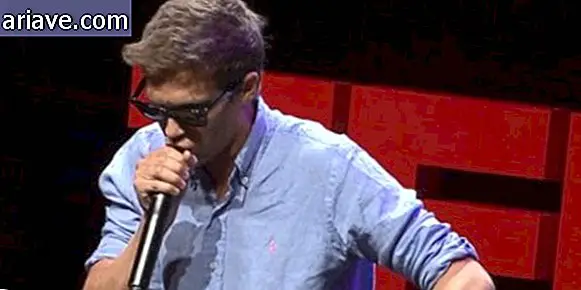Biologist brings together art and science in a series of stunning images
Are you also one of those who like to see what animals are like on the inside? So if biology classes make you more fascinated than terrified, you'll enjoy checking out the work of biologist Adam Summers, who brings together art and science in amazing photography.
Adam Summers is an associate director of the Comparative Vertebrate Biomechanics Laboratory and an associate professor at the University of Washington School of Aquatic and Fisheries Sciences. For this series of images, he chose some specimens of fish and other marine animals that died accidentally during scientific selection to examine them from within.
But if you think that to better understand the organism of creatures, the biologist would resort to the good old scalpel, you are mistaken. The technique used by Summers is not exactly new, as it has been used for about 40 years. In his words, his job is to use "the basics of engineering and physics to understand how animals work."
According to the expert's website, part of the procedure for getting images as impressive as what you see below is to treat the skeleton and tissues with substances that can pigment them to reveal all the interesting things in the animals' bodies.
In the next steps, the creatures are shot, their flesh is dissolved to make the structures easier to see, and the left over is dipped in glycerin. From there, the biologist chooses the best angle and photographs the animals while they are submerged in the liquid.
As if the beauty of the colors scattered on the body of animals was no longer a work in itself, Summers wanted to strengthen the relationship with art and asked Sierra Nelson to write poems inspired by each of the images. The Cleared series will be on display at the Seattle Aquarium until March.
Image # 1

Picture # 2

Image # 3

Picture # 4

Image # 5

Picture # 6

Picture # 7

Image 8

Picture # 9

Picture # 10












